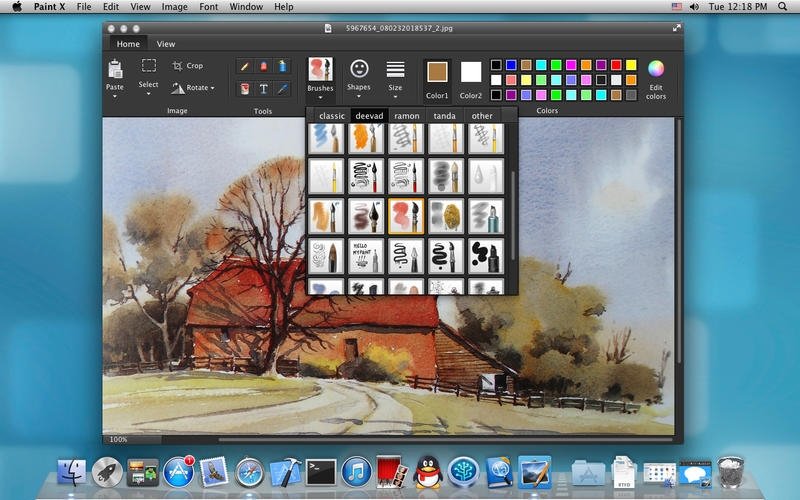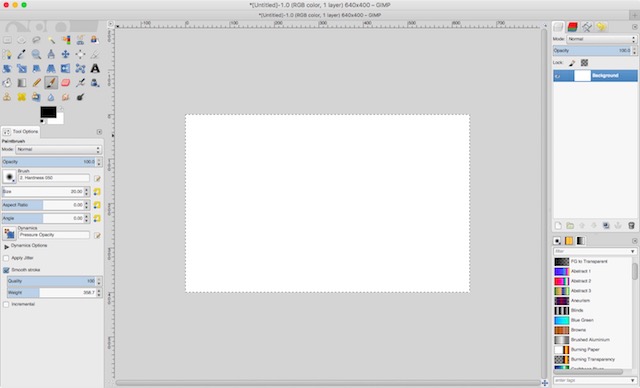
Interestingly, for some components, these two techniques provided different information. When comparing the mass spectra and PCA results from the py-GC/MS and DART-TOFMS methods (Figure 3), the researchers found that the two provided comparable information between samples. B Bridge, C DART-MS: A New Analytical Technique for Forensic Paint Analysis. The mostly distinct clusters shown in the figure allow analyst to differentiate samples. The samples can be separated from another based on how they cluster, and the variability within a sample group can be assessed.įigure 3: This figure shows the results of the PCA for the analysis of the paint chips with DART-TOFMS. In PCA, samples cluster together on a score plot based on certain characteristics, termed their “principal” component. The used the traditional method, py-GC/MS, a regular DART-TOFMS method, and a thermal desorption/py-DART-TOFMS method that heats the solid sample according to an increasing temperature gradient during analysis with DART-TOFMS.Īfter collecting the mass spectra of various paint chips from the three methods, Bridge and her colleagues used statistical analysis called Principal Component Analysis (PCA) to identify the different types of paint chips. They then utilized three different analytical methods to analyze the paint samples.

The investigators behind this study first acquired black paint chips with unknown make, model, year, generic paint clear coat formulation type, presence of metallic and pearlescent pigments in the basecoat, and the Vehicle Identification Number (VIN). The solid is held in the gap between the inlet and ion source using tweezers so its DART-MS spectrum can be recorded. The analyst particularly focused on clear coat analysis, which is present in all paint chip as it is the top layer.įigure 2: This figure shows part of a solid being sampled using DART-TOFMS. In this study, the researchers used DART-TOFMS to analyze paint chips and compare its abilities to that of a py-GC/MS method used in forensic paint case. This method has already been applied to drug, ink, and explosives analysis.

This technique produces a high-resolution information on the molecular composition from a sample in any physical state without the need for lengthy separation via chromatography.

In an effort to develop a quicker method that yields the same quality results, Candice Bridge and her colleagues at the University of Central Florida investigated the use of direct analysis in real-time−time-of-flight mass spectrometry (DART-TOFMS) for the analysis of paint chips (Figure 2). While this technique is useful for its ability to differentiate between paint chips that IR is unable to, it is time consuming. It is particularly useful when two paint samples have similar binder systems and require further analysis with a more sensitive technique. py-GC/MS is a form of GC/MS where the sample is first pyrolyzed or heated until it decomposes before being separated by gas chromatography and identified by mass spectrometry. Source: Made by Niara Nichols using image from Rachel Claire via Pexels.Ĭurrent techniques for the analysis of paint chip evidence include infrared spectroscopy (IR), which can analyze a paint chip rapidly and non-destructively, and pyrolysis gas chromatography/mass spectrometry (py-GC/MS). Figure 1: This figure shows the four layers that make up a pint chip sample, and the order of these layers.


 0 kommentar(er)
0 kommentar(er)
